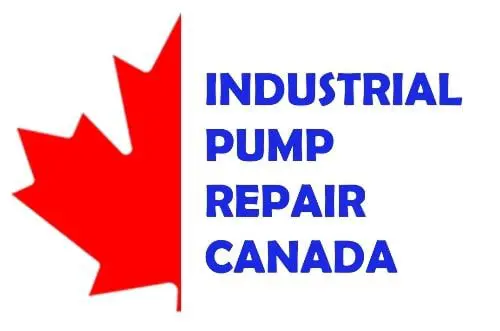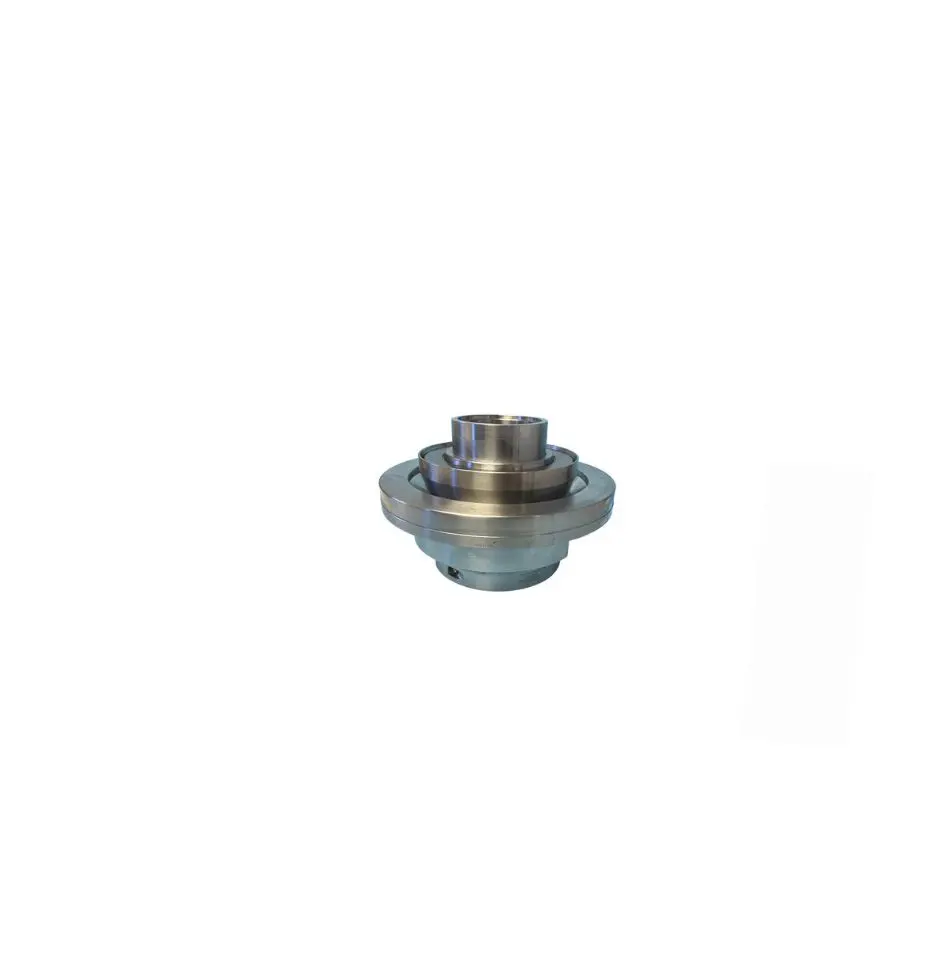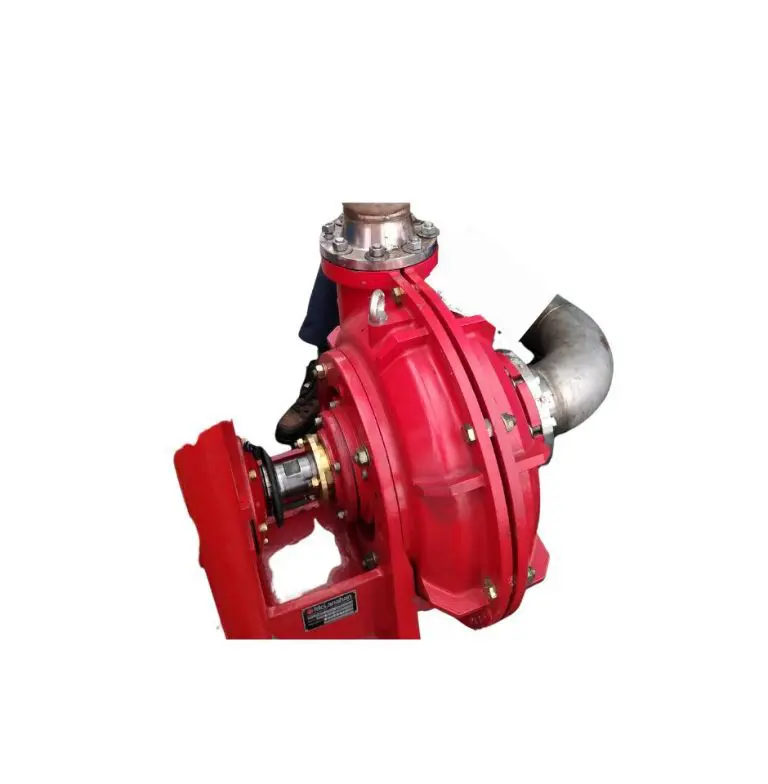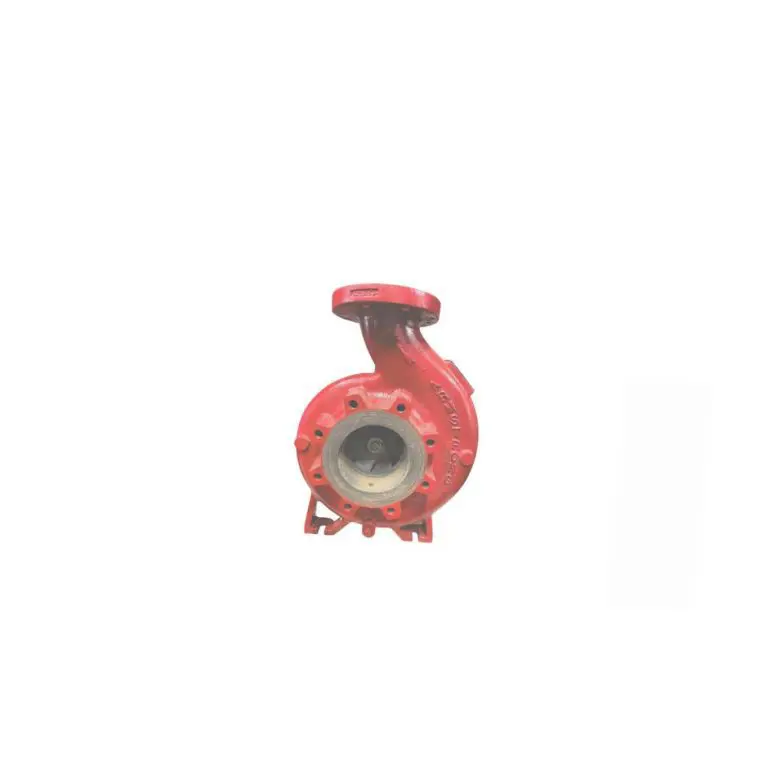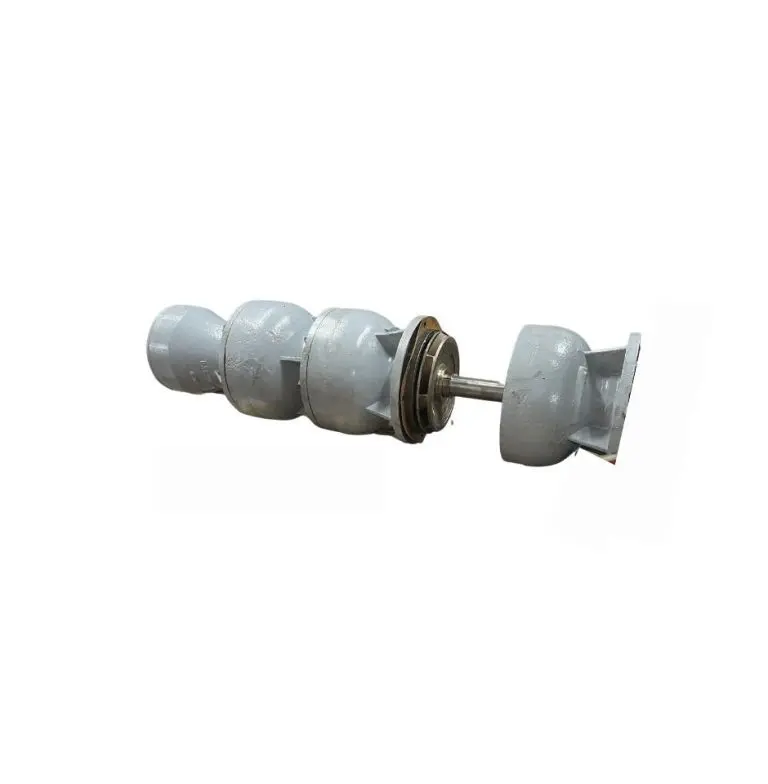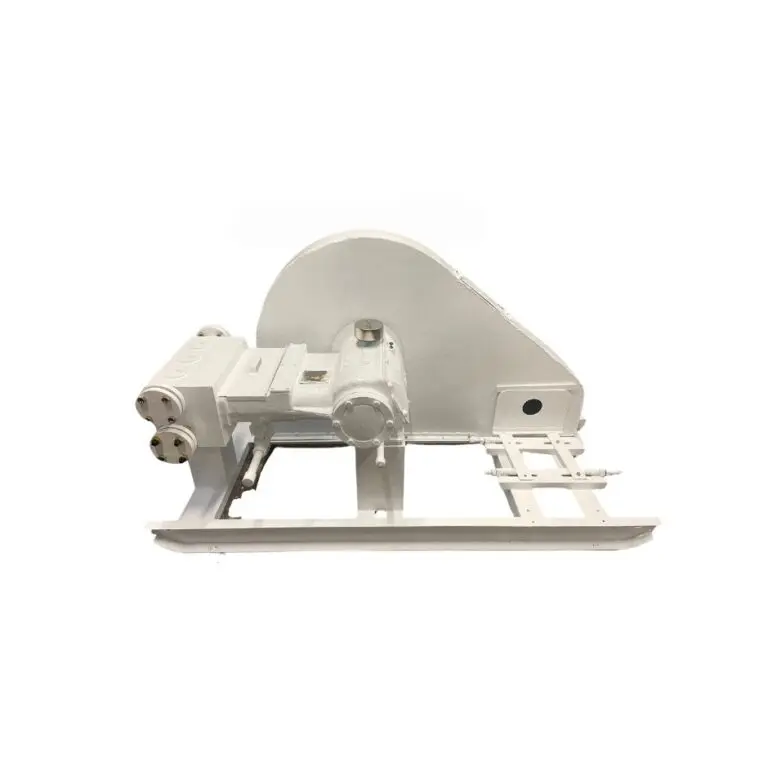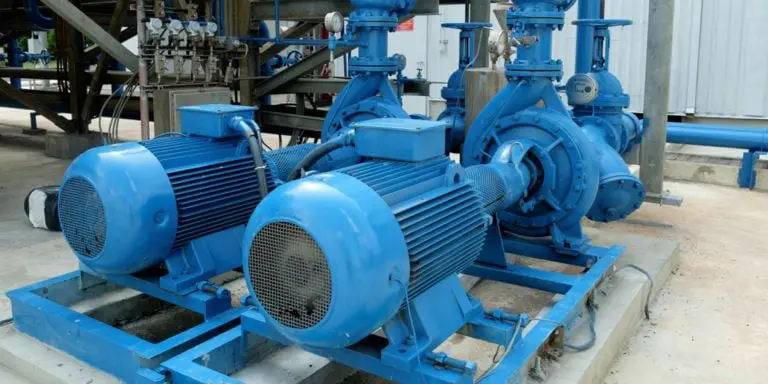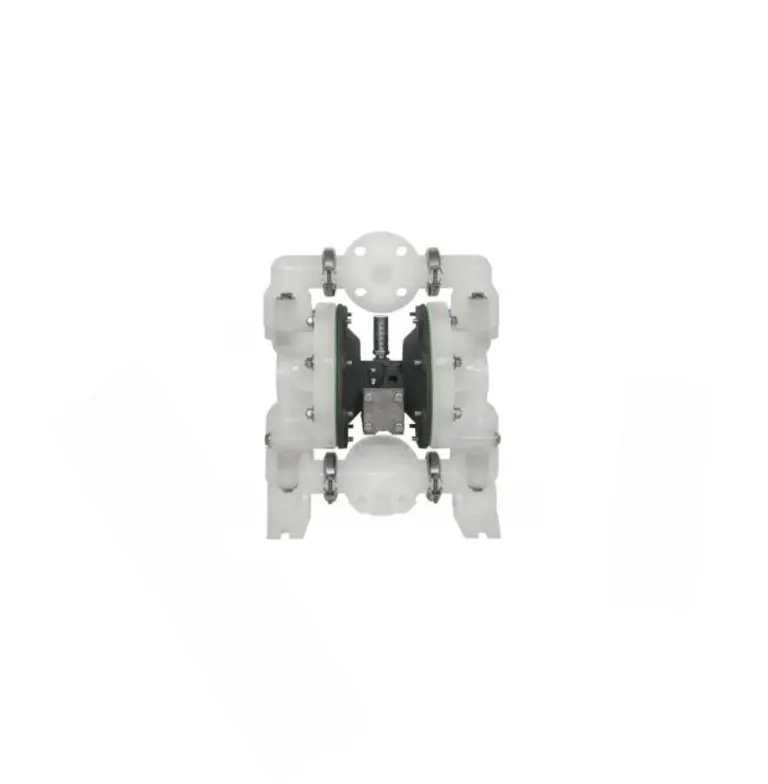What causes mechanical seal to leak?
There are several reasons why a mechanical seal may leak. Some of the most common causes include:
- Improper installation: If a mechanical seal is not installed properly, it can create leaks. This can happen if the seal is not seated correctly, or if the components are not aligned properly.
- Worn or damaged components: Over time, the components of a mechanical seal can become worn or damaged, leading to leaks. This can happen due to normal wear and tear, or due to exposure to harsh chemicals or high temperatures.
- Incorrectly matched components: In order for a mechanical seal to work properly, the components must be correctly matched to the specific application. If the wrong components are used, leaks can occur.
- Lack of lubrication: Mechanical seals rely on a small amount of lubrication to function properly. If the lubrication is inadequate, the seal can wear out quickly and leak.
- Improper maintenance: Regular maintenance is crucial for keeping mechanical seals in good working condition. Failure to properly maintain a seal can lead to leaks and other problems.
- High-pressure differential, vibration or misalignment: High-pressure differential, vibration, or misalignment can cause the seal to wear out faster and create leaks.
- Operating outside the design parameters: Operating a mechanical seal outside the design parameters, such as temperature, pressure, and speed, can cause the seal to fail and leak.
To prevent leaks, it is important to ensure that the mechanical seal is installed correctly, that the components are correctly matched to the application, and that the seal is properly lubricated and maintained. It is also important to ensure that the mechanical seal is operated within its design parameters. If a leak is suspected, it is important to address the issue as soon as possible to prevent further damage and prolong the life of the mechanical seal.
